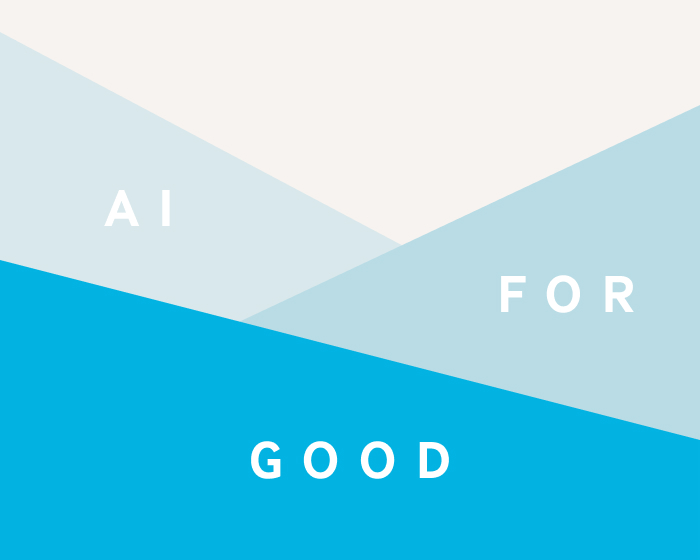The rapidly evolving threat around COVID-19 is impacting lives, communities, businesses, and industries across the globe. Technological advancements are accelerating the development of biological products such as antibodies and vaccines in the battle against the virus. Specifically, AI, big data, automation and robotics are enabling us to simulate and automate the screening and development of molecules and accelerate biopharma R&D.
The Samsung Catalyst Fund has been fortunate enough to engage and partner with some of the best and brightest thinkers in these areas. Over the years, we have hosted many fascinating speakers who have graciously shared insights into their work at our annual CEO Summit.
Two of the most intriguing speakers we have hosted are Daphne Koller, CEO of Insitro and a pioneer in machine learning, and Greg Kovacs, CTO at SRI International and Professor Emeritus of Electrical Engineering at Stanford University. Here are three thought-provoking video clips from Daphne and Greg that help shed light on how AI and human ingenuity may together inform the future of curing illness.
Lesson 1: Opportunity to better predict drug failures
One of the largest opportunities—and challenges—that has emerged during the COVID-19 crisis is faster and cheaper development of biologics, such as antibodies and immunotherapies. There is an urgent race to develop antibody drugs and vaccines for COVID-19 today. However, the problem is that the R&D process is too long and that clinical trials have become the pharmaceutical industry’s most painful and costly process.
Today, a newly discovered drug takes a median of nine years before it is approved for the market at an average cost of $2.5 billion. Here, Daphne Koller explains why drug discovery is becoming slower and more expensive over time, and we need different approaches to reverse that trend.
(Watch from 10:13 to 11:44)
Lesson 2: Data is there!
Seven years ago, a “large” machine learning dataset in biology was a few hundred samples at most. We now live in a different world. Today, we have human cohort datasets, such as the UK Biobank or Estonian Biobank, which contain enormous amounts of high-quality measurements — molecular as well as clinical — for hundreds of thousands of individuals. These massive datasets clearly represent an opportunity for machine learning. But even large cohorts of 500,000 or 1 million people don’t always provide us with enough data for machine learning and statistical methods to get at the true underlying causes and identify potential therapies. That’s why Koller has focused her latest work on the creation of much larger datasets that can provide an additional repository of data that can be interpreted and enhanced.
Lesson 3: Panning for gold in the data
(Watch from 16:06 to 18:18)
We want to find molecules that can solve big problems, such as curing disease. But nature is too complex, and the combinatorial space for the molecular structure is too huge to explore in a “brute force” way—it’s like panning for gold in the ocean.
Instead, we need to rely on nature’s 3.5-billion-year history for clues on where to look. For example, antibodies generated by our immune system are a good place to start narrowing things down. We then need to take a library of possible molecules and search for the best candidates.
We can use the biochemistry of natural cellular processes to measure the effectiveness of each molecule. But we can also speed up the process by using automation and robotics to do each measurement faster, and to do a larger number of measurements in parallel. We can then take the resultant data and apply AI and analytics to decide which candidate molecules to target next.
This hybrid approach of combining nature with technologies like AI and robotics is what Kovacs calls panning for gold in a puddle—and it can potentially help us find a cure for COVID faster and more efficiently.
Conclusion:
Samsung was founded on the conviction that technology can create a better world. This philosophy has never been truer than it is today. While COVID-19 is a new and unique global challenge, we at Samsung Catalyst Fund believe that technology always has been, and will continue to be, a powerful instrument for solving today’s challenges—and creating a better tomorrow.
These three video clips offer a brief glimpse into the incredible potential of technology and data to cure diseases at a much lower cost while making treatment more accessible to everyone. To learn more, we encourage you to watch each video presentation in its entirety: Daphne Koller and Greg Kovacs. We are confident that you will enjoy them as much as we did!
To learn more about the power of data in health and medicine, here are some other topics to check out:
- Frances Arnold’s 2018 Nobel Lecture, “Innovation by Evolution: Bringing New Chemistry to Life.”
- An interview with Dr. Russ Altman about how we could use “large-scale data analysis and technology to transform the way we diagnose, treat and prevent disease.”
- Genscript’s five step mission to neutralize COVID-19
